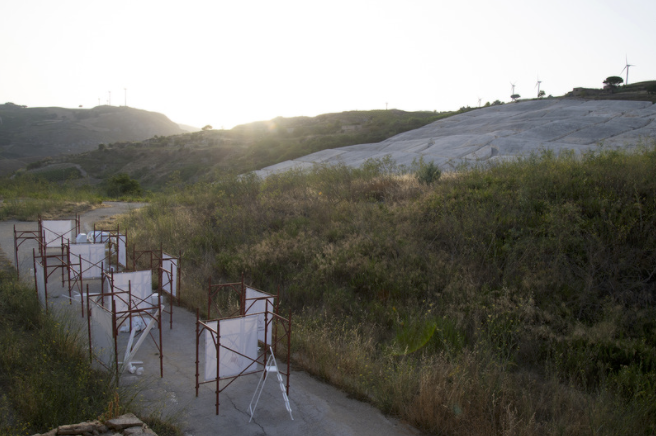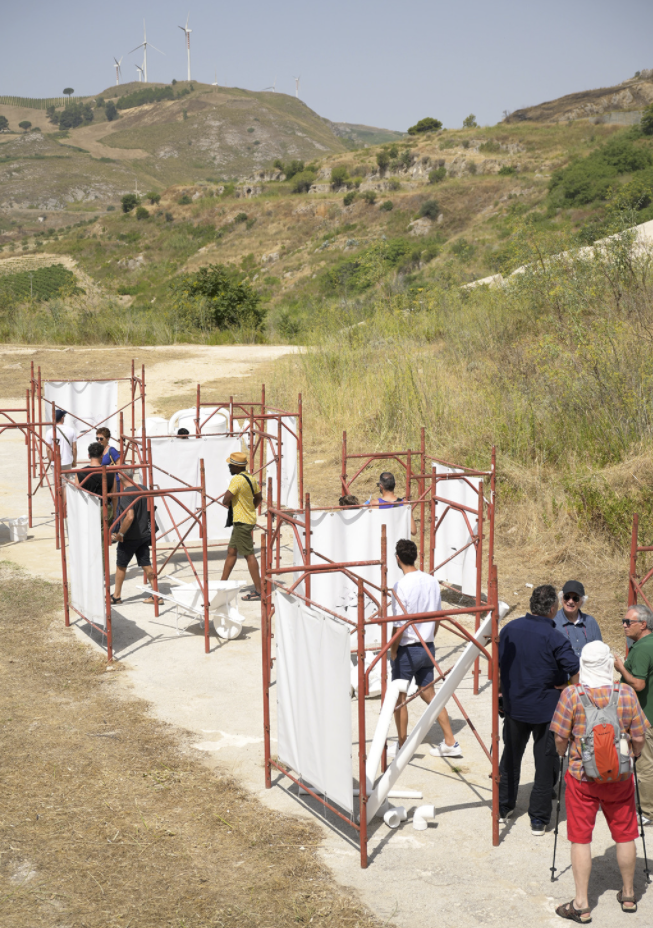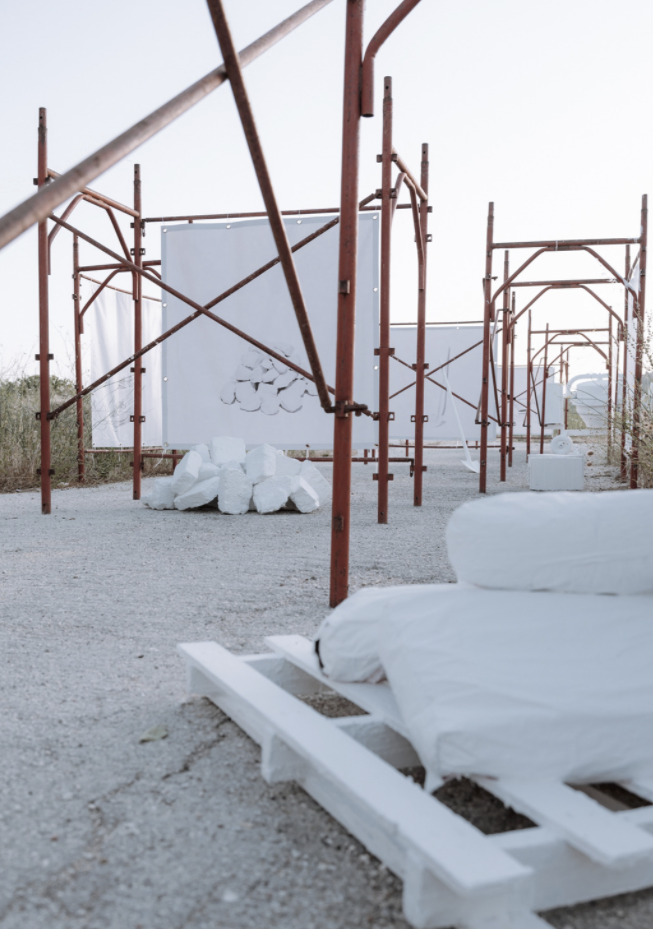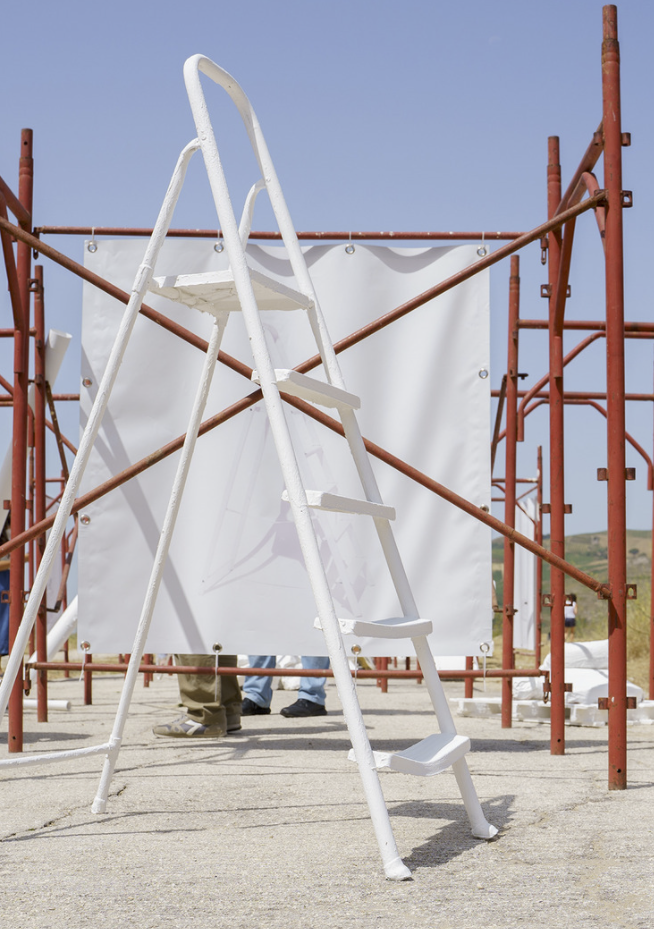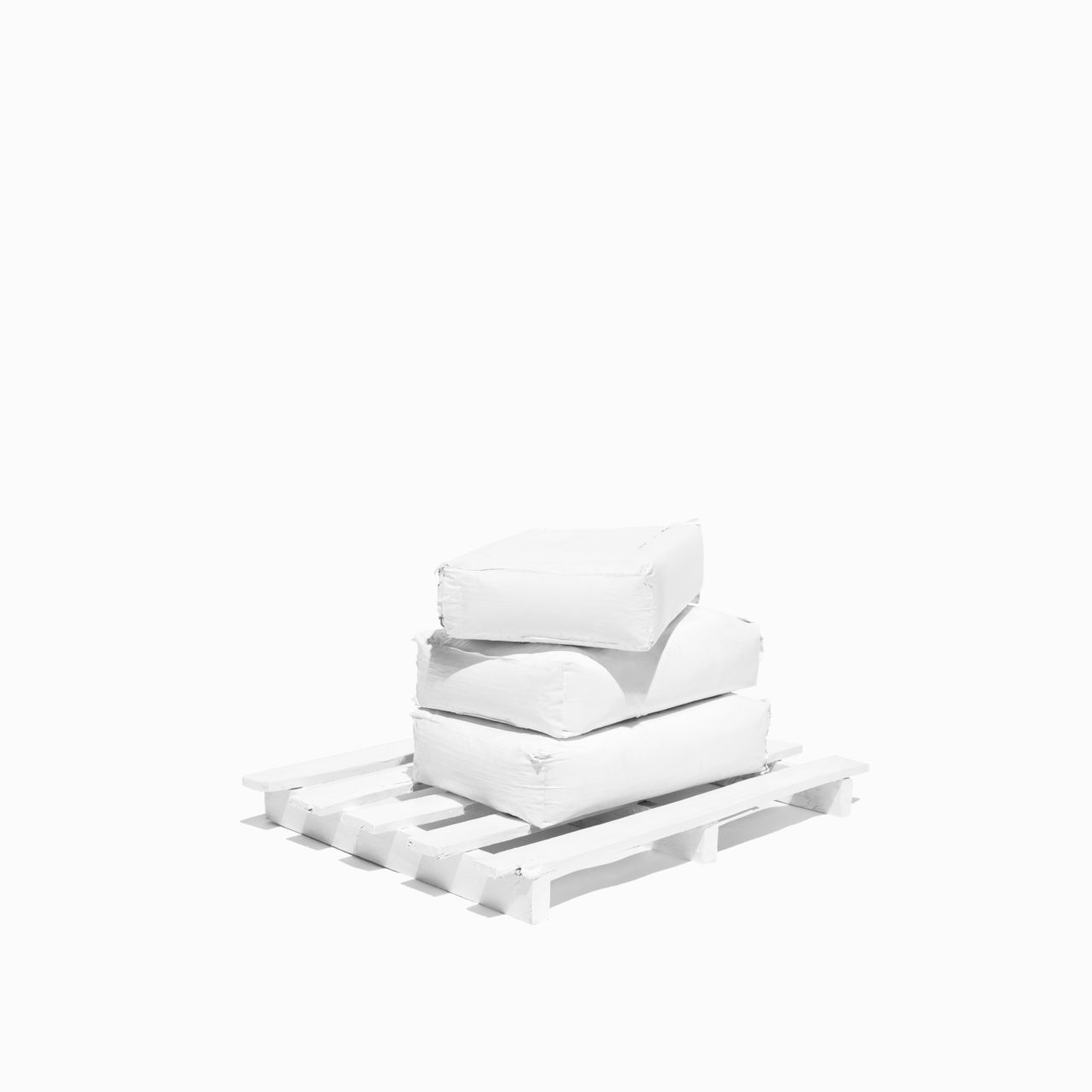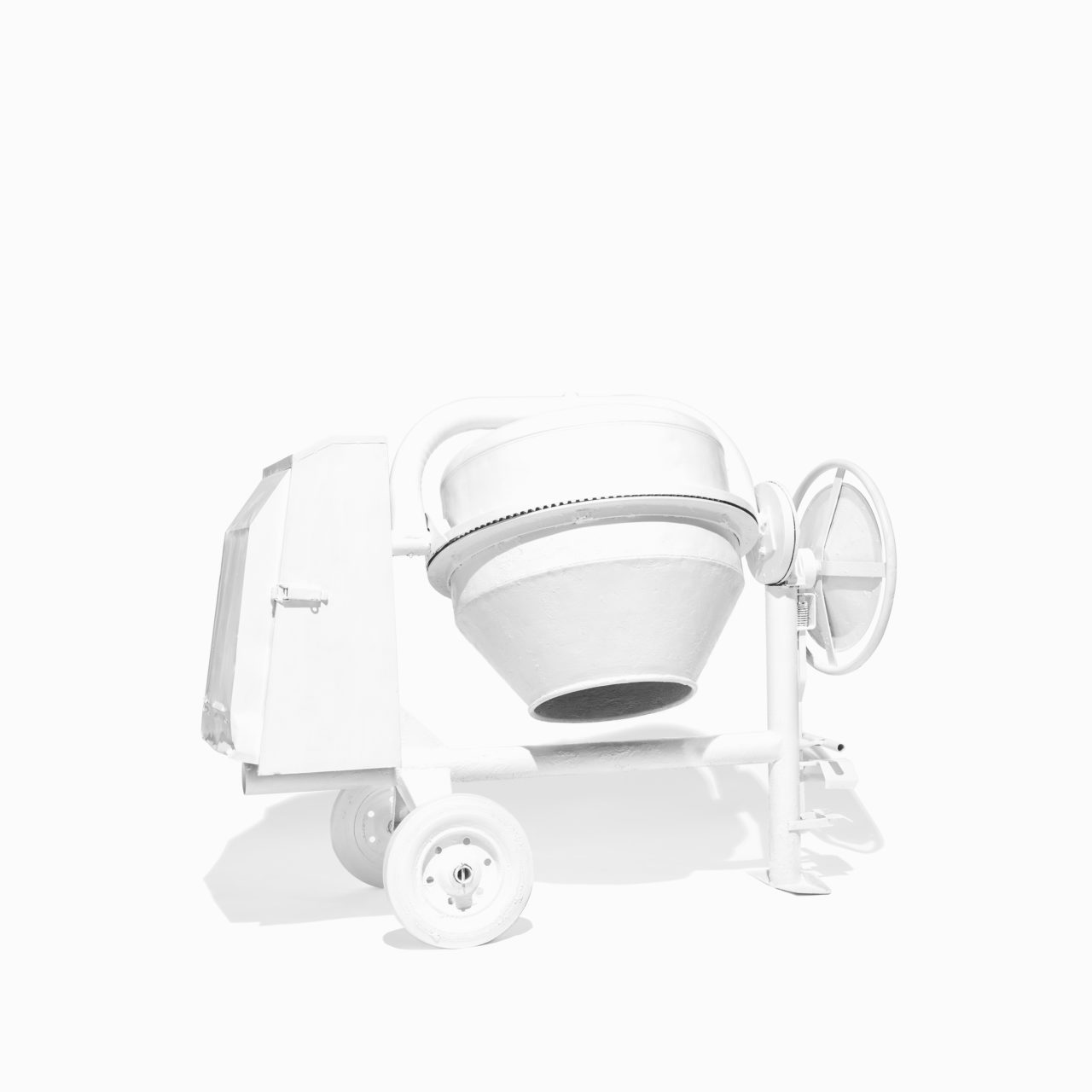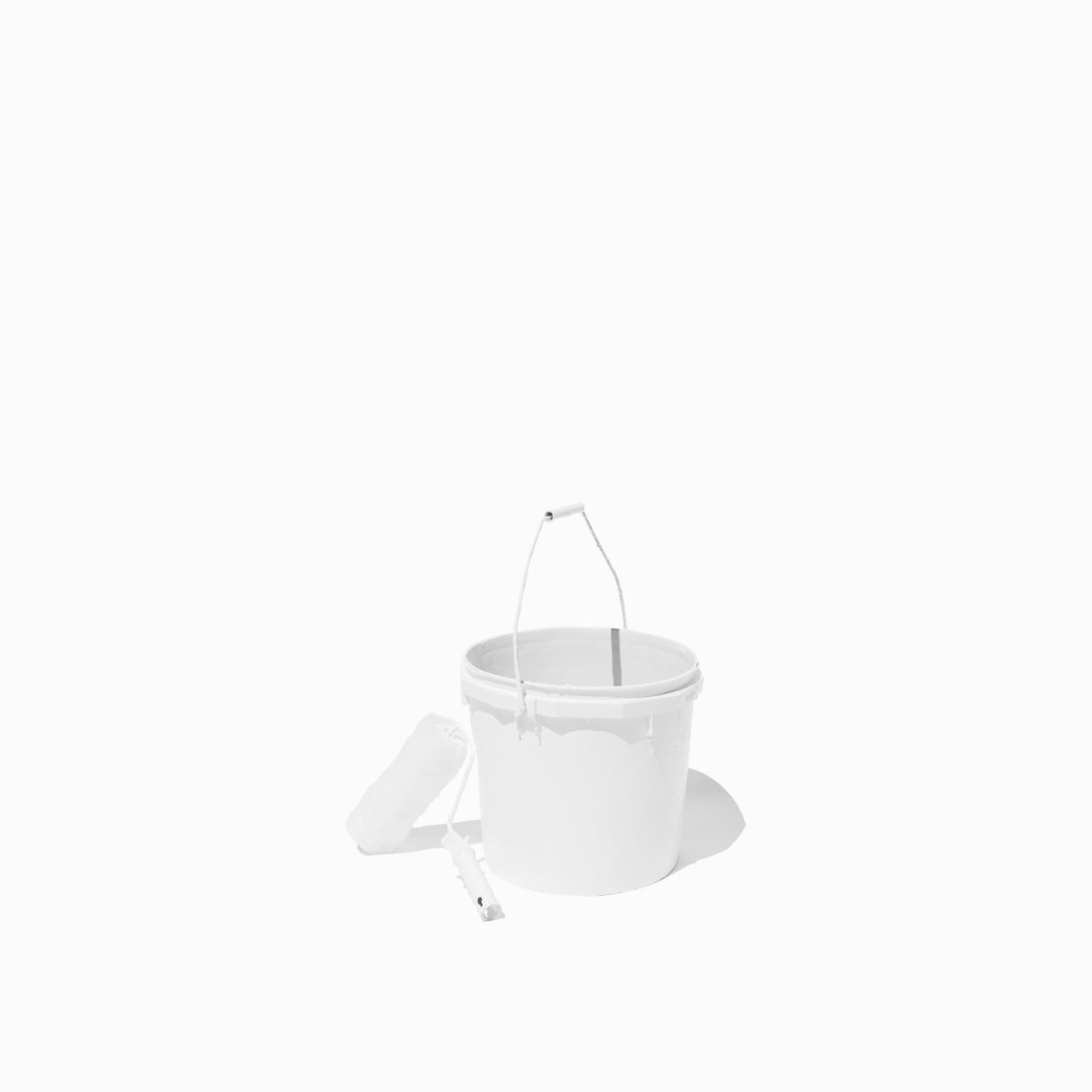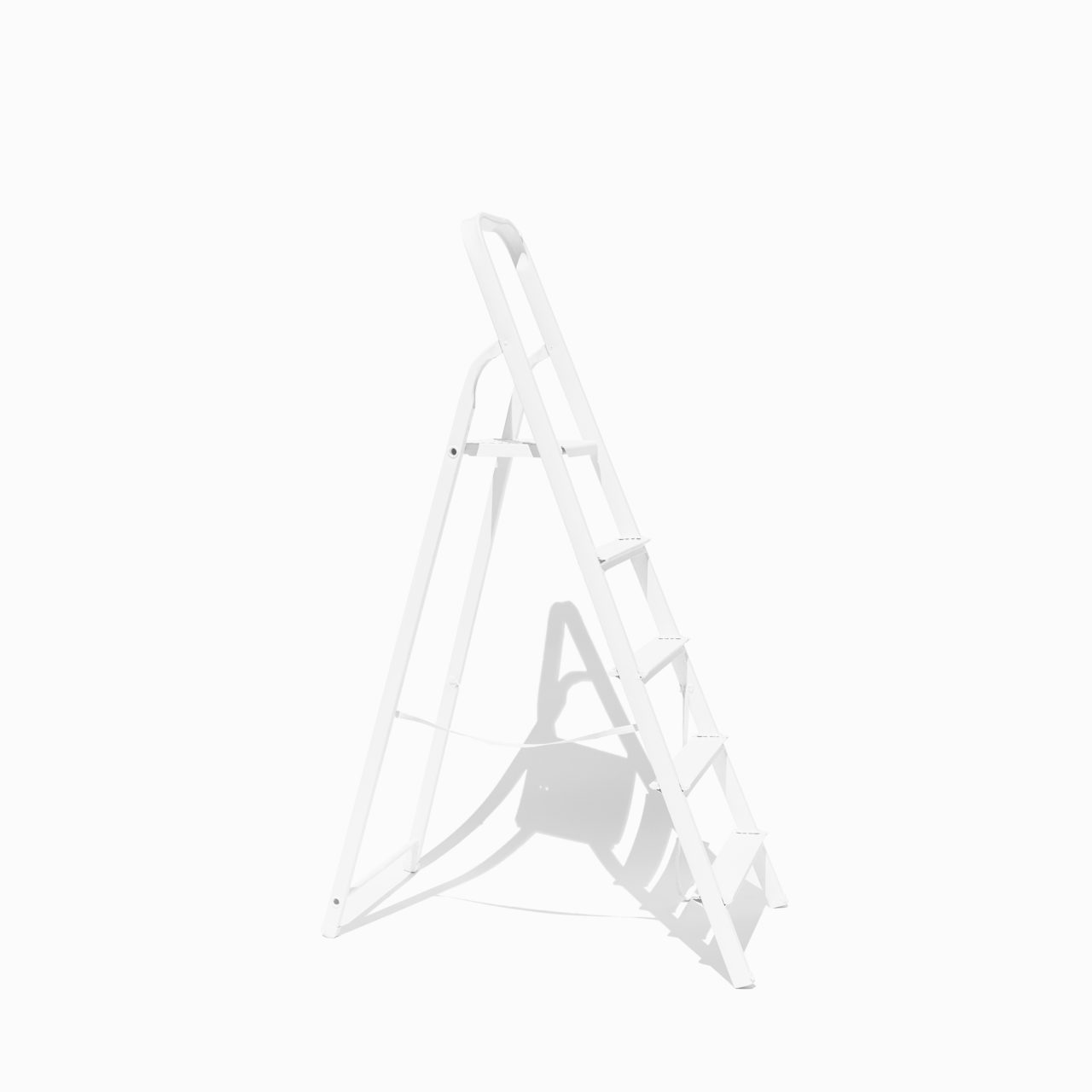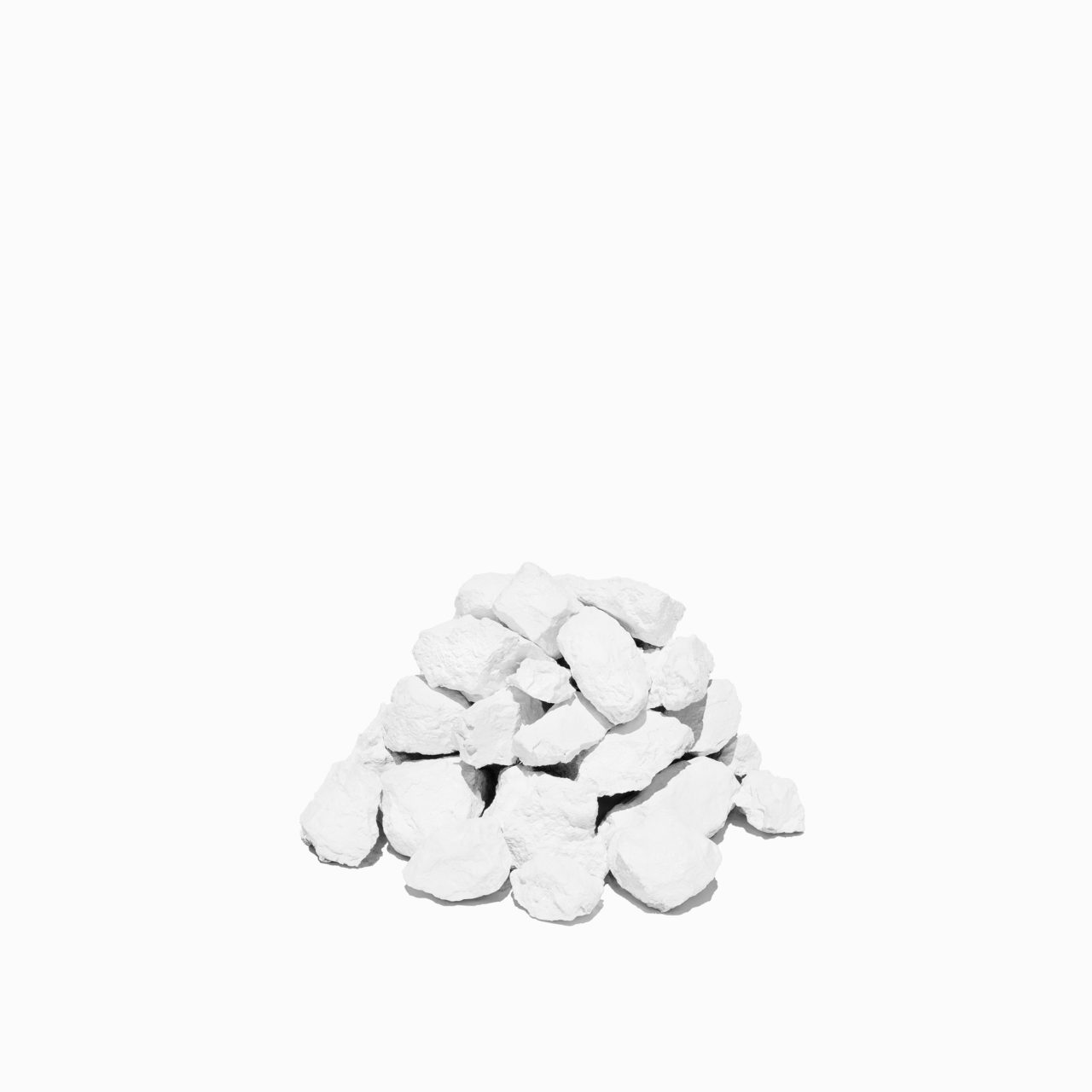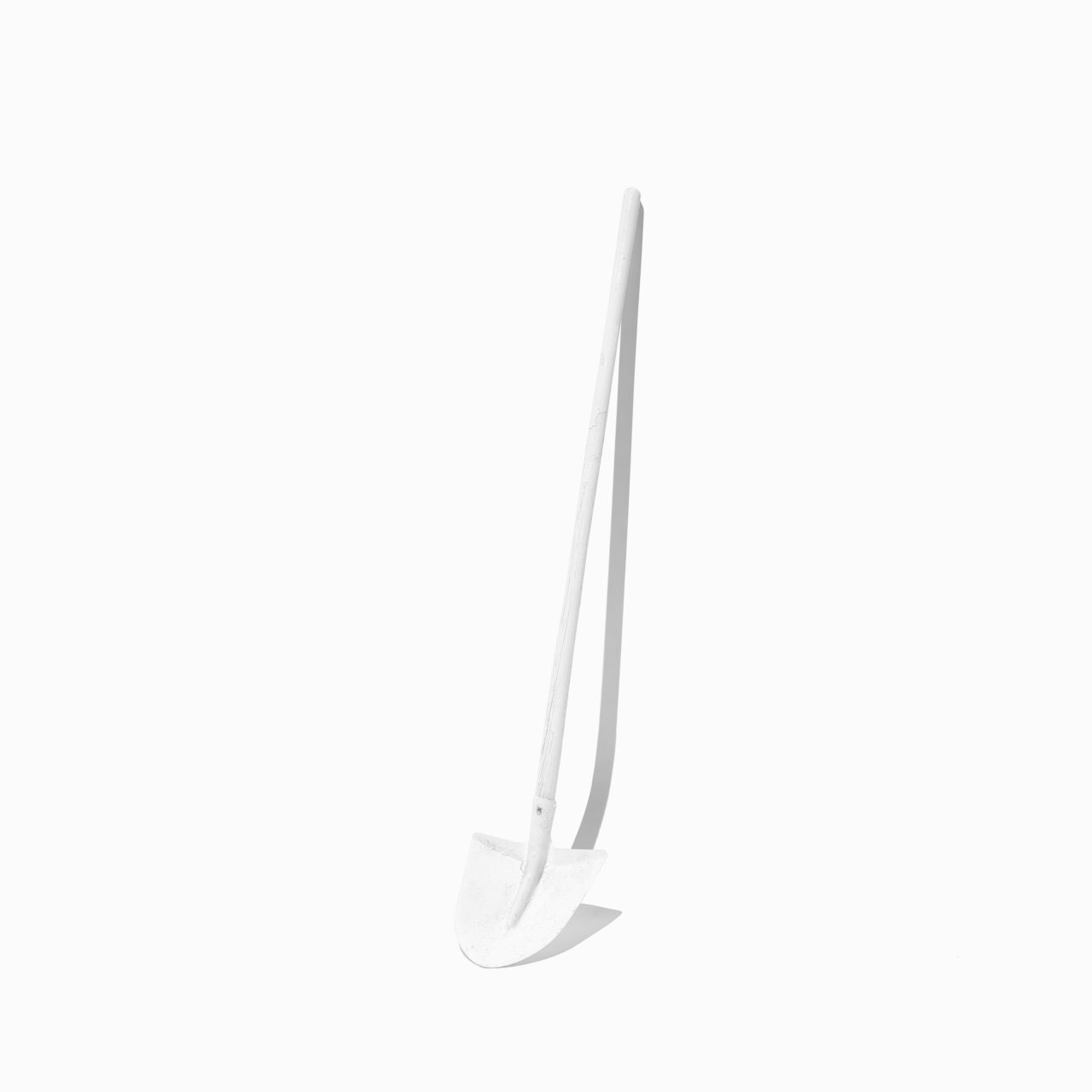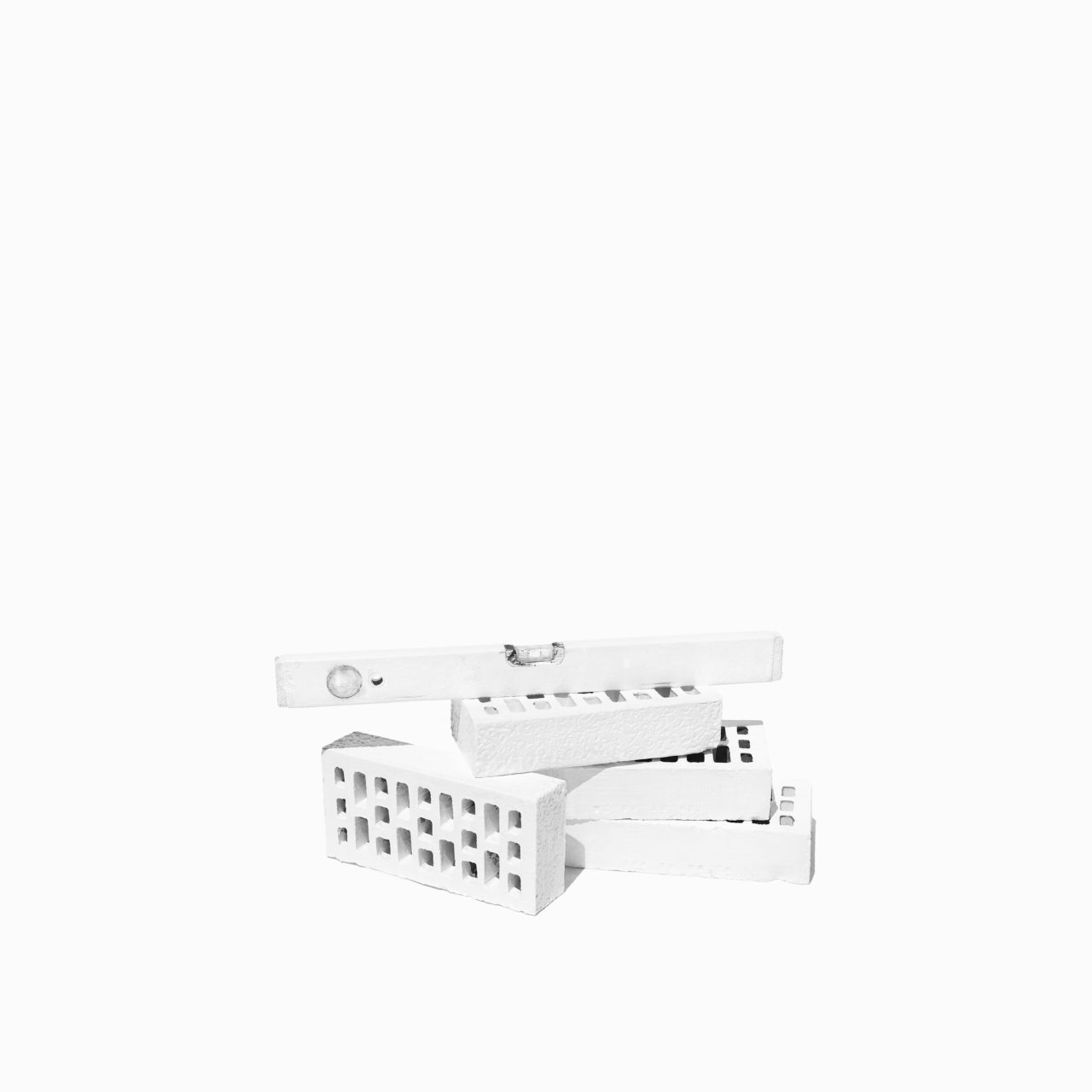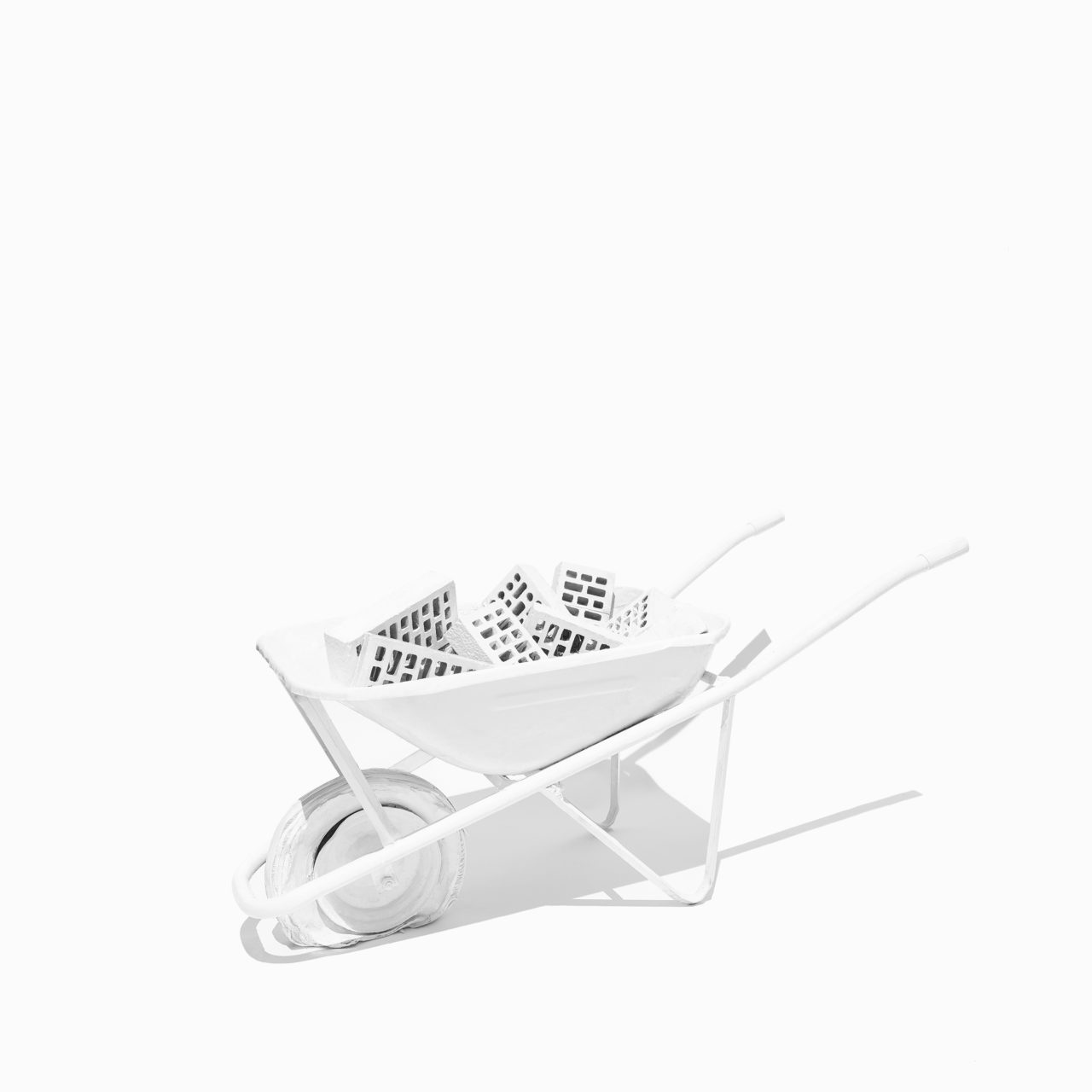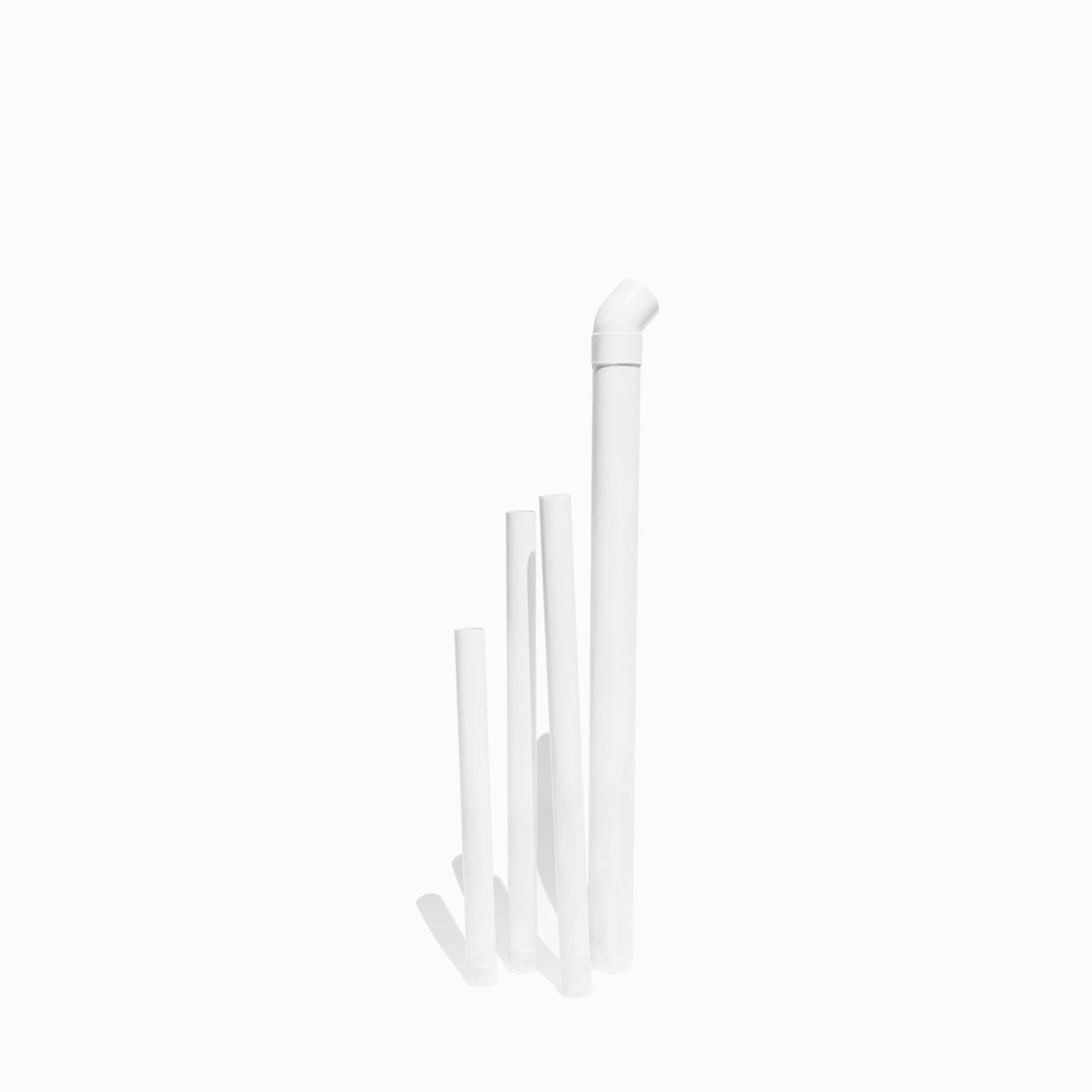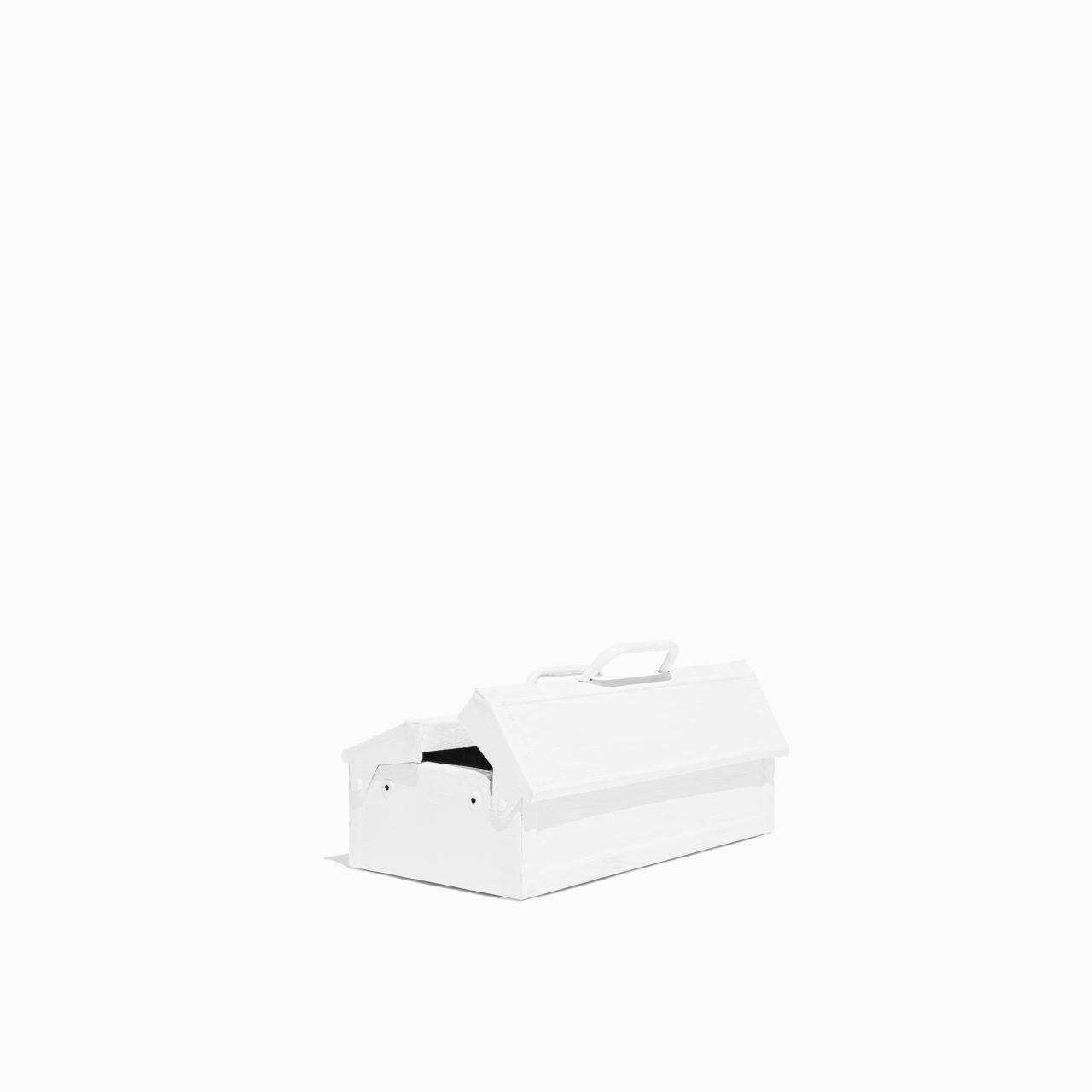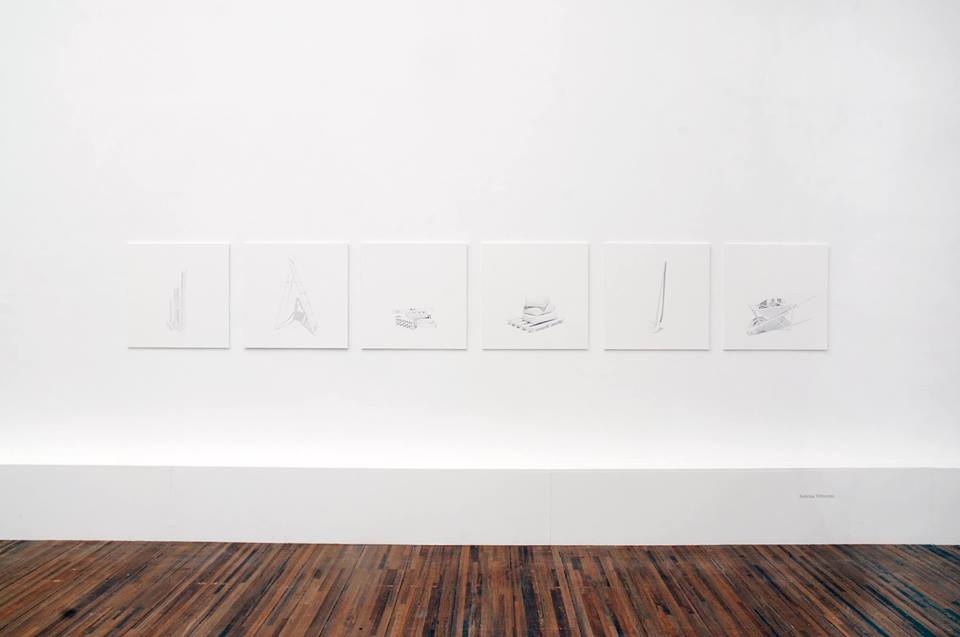SINEQUANON is a photographic project that seeks to reinterpret the reconstruction of L’Aquila, Italy in the eight years since the devastating 2009 earthquake. Rather than represent the tragedy through ruins, a common post-disaster trope, I decided to make the everyday objects used to rebuild the central characters.
By painting construction materials found on city streets entirely white and photographing them against a neutral backdrop, I isolated these objects from their usual context. In this altered state, they reveal new symbolic meaning. The white symbolizes the essential condition (“sine qua non” in Latin) of accepting what has occurred and activating critical thought about the surrounding reality.
Visually, this therapeutic process performs one of dilation and slowing down, alluding also to the passage of time through long-exposure photography. It likewise forces the viewer to raise questions and complete the incomplete image. Ordinary items we typically overlook are transformed from mere remnants into elements inviting reconstruction of what no longer exists yet whose symbolic influence persists, in this case the city’s history.
For the Images Gibellina biennial exhibition, SINEQUANON was presented fully with both photography and installation. To integrate the work with the host territory’s parallel story of recovery, I created an accompanying sound piece from recordings of local inhabitants sharing earthquake memories. Their voices form a puzzle contributing to reconstructing place through individual recollections, mirroring the project’s aims.
Overall, this reframing seeks to move beyond common disaster imagery towards a more thoughtful contemplation of reconstruction – its objects, processes, and the role of memory – eight years after immense loss and upheaval in Abruzzo.

The audio piece is composed of fragmentary voices, mirroring how memory itself is constituted. It is bound only by ambient sounds of the town – cicadas, wind, construction sites, children in the pedestrian areas.
Gibellina has undergone significant changes over recent decades. People born even a few years apart recall different places, from the original town to the shacks of the newer Gibellina. I therefore decided to interweave memories across barriers of time and location, aiming to broadly depict the radical transformation of this territory over approximately 50 years.
The voices of today’s younger generation are ever-present in the recording, as heirs to historical memory and protagonists of the current city. When one inhabitant was asked about Gibellina’s future in 20 years, they replied that what has already been achieved must not be lost – a statement that, for me, carries an important message regarding the futures of places like L’Aquila and Gibellina, which are so rich in art and history amid ongoing change.
Rather than strict chronology, the audio uses a collage-like approach befitting the fragmented nature of memory to convey Gibellina’s shifting identity over decades through personal recollections. Ambient sounds further situate memories in the landscape while children represent hopes for stewarding cultural heritage.
